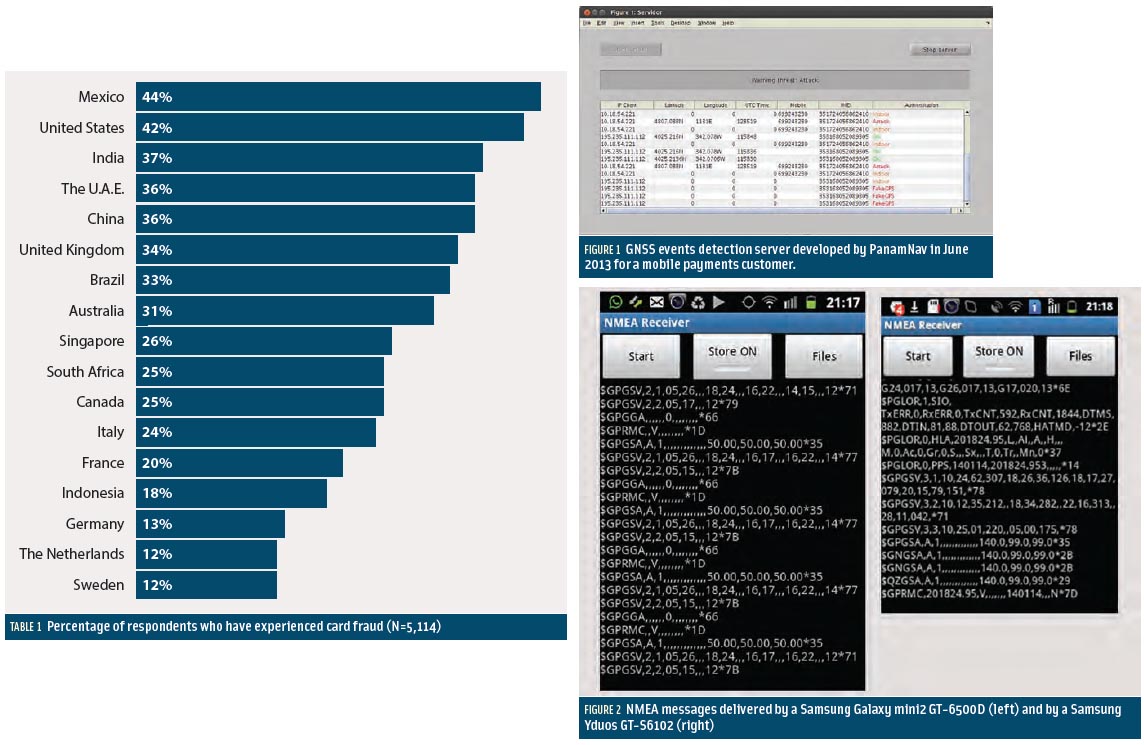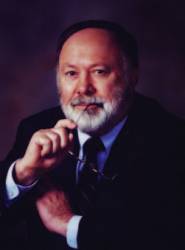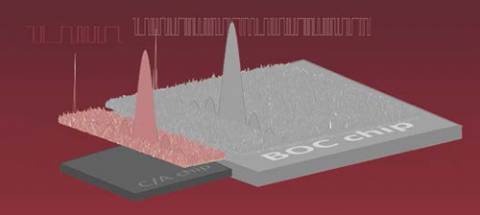It’s Spring, and EGNOS Is in the Air
Europe has been talking up its European Geostationary Navigation Overlay Service (EGNOS, for short) — and why shouldn’t it? Talking about Galileo doesn’t get satellites off the ground. EGNOS, on the other hand, is up and running, and has been since 2009. If the object is to build confidence in European savoir faire, why not talk about a real success like EGNOS?
By Peter Gutierrez
























